Antares Rocket Launches Cygnus Cargo Ship on Marathon Mission for NASA
It's carrying 40 live mice!
WALLOPS ISLAND, Va. — An Antares rocket soared into the afternoon sky over Virginia on Wednesday (April 17) carrying tons of NASA supplies — and 40 intrepid mice — to the International Space Station.
The Northrop Grumman Antares rocket and its uncrewed Cygnus spacecraft launched into the cosmos from the Mid-Atlantic Regional Spaceport at NASA's Wallops Flight Facility, kicking off a two-day voyage to the space station. Liftoff occurred at 4:46 p.m. EDT (2046 GMT).
"A beautiful day, a fantastic launch," NASA's deputy space station program manager Joel Montalbano said after the successful liftoff. "It's great to have another cargo vehicle on its way to the International Space Station."
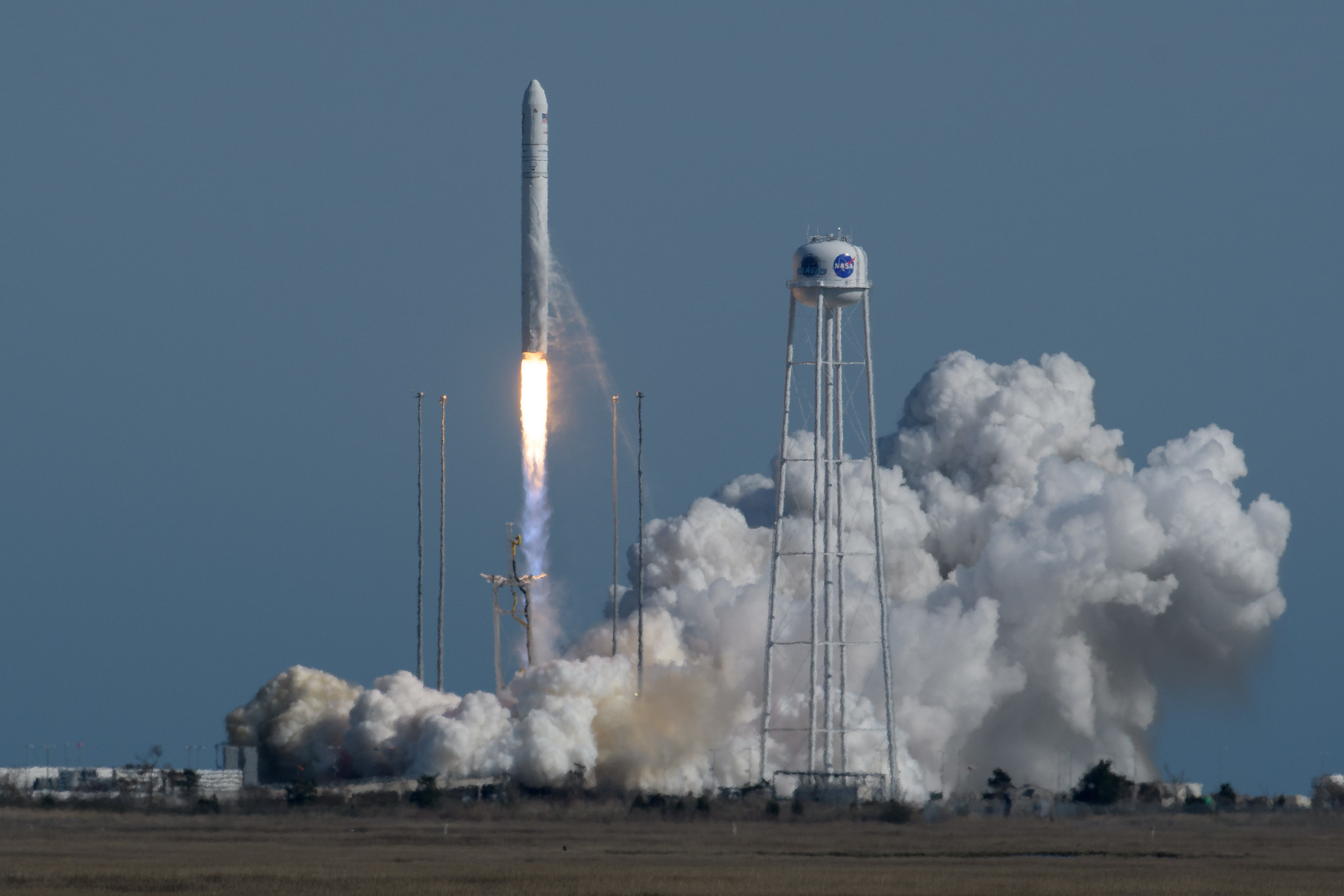
If all goes well, the spacecraft will arrive at the orbiting lab early Friday (April 19) to deliver 7,600 lbs. (3,447 kilograms) — the heaviest load yet for Cygnus — of science gear and supplies to the six-person crew of the International Space Station. The mission, called NG-11, is the eleventh cargo flight for NASA by Northrop Grumman and will be the company's longest one to date.
"Around half of the cargo that Cygnus is bringing is dedicated to science for us on the International Space Station," said Pete Hasbrook, NASA's manager for space station science, during a prelaunch briefing. The gear will support at least 30 of the nearly 300 ongoing studies on the orbiting laboratory, he added.
Big science on Cygnus
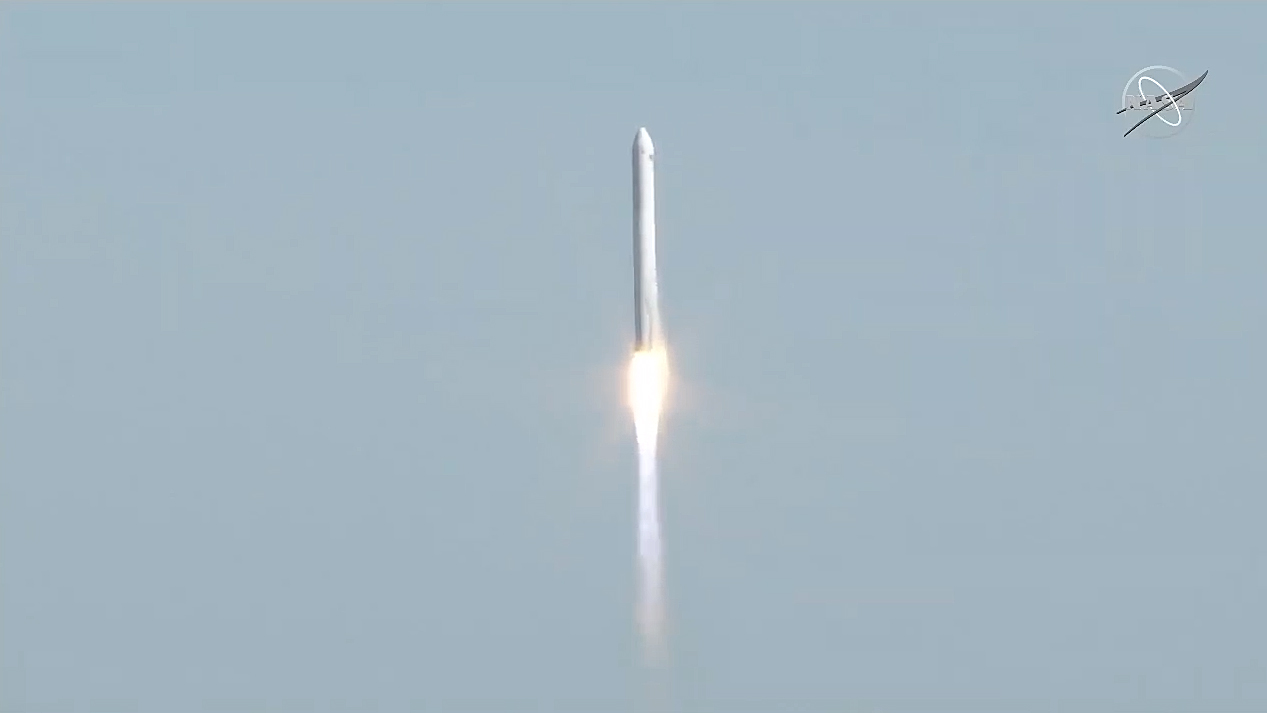
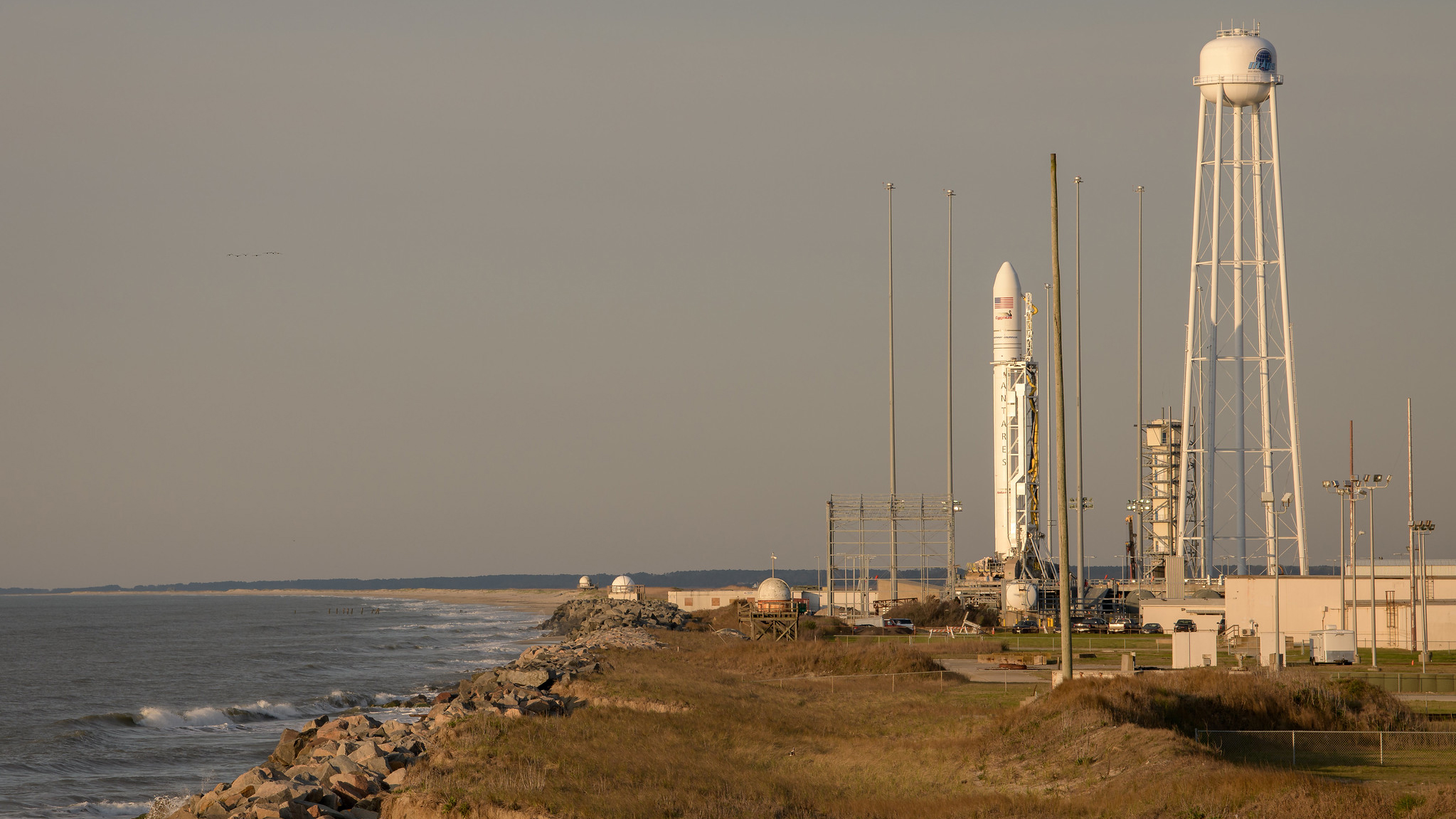
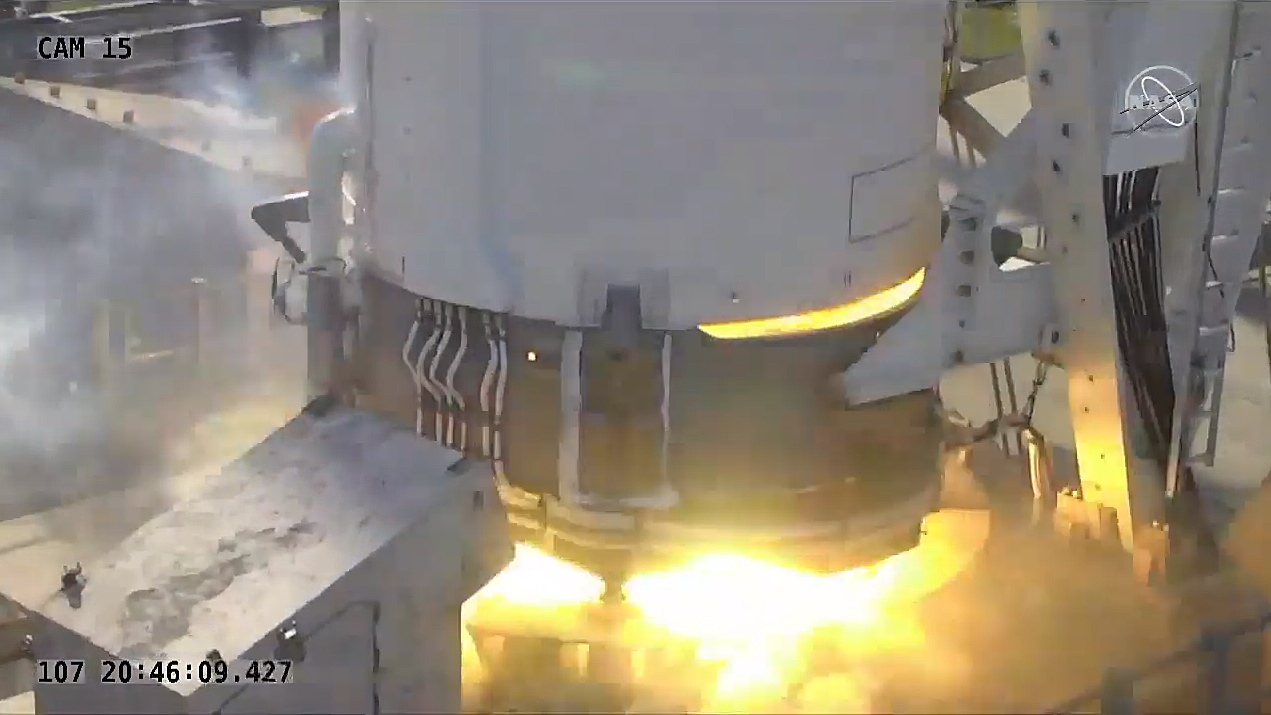
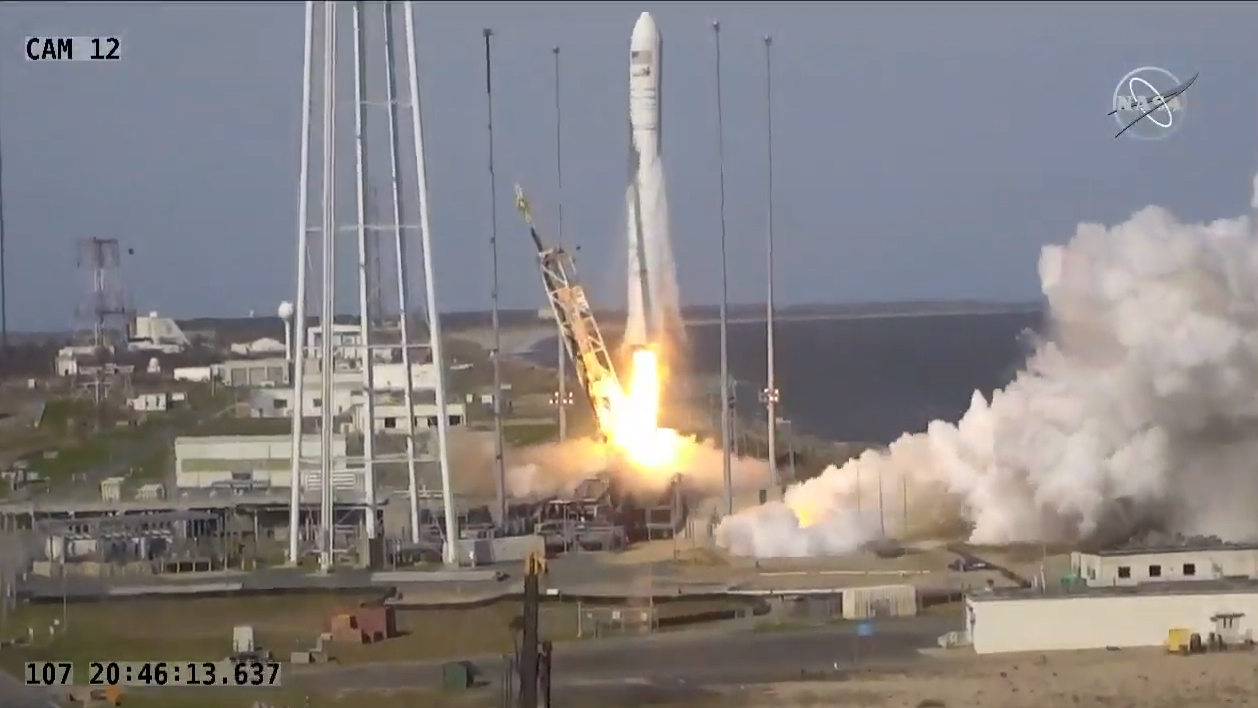
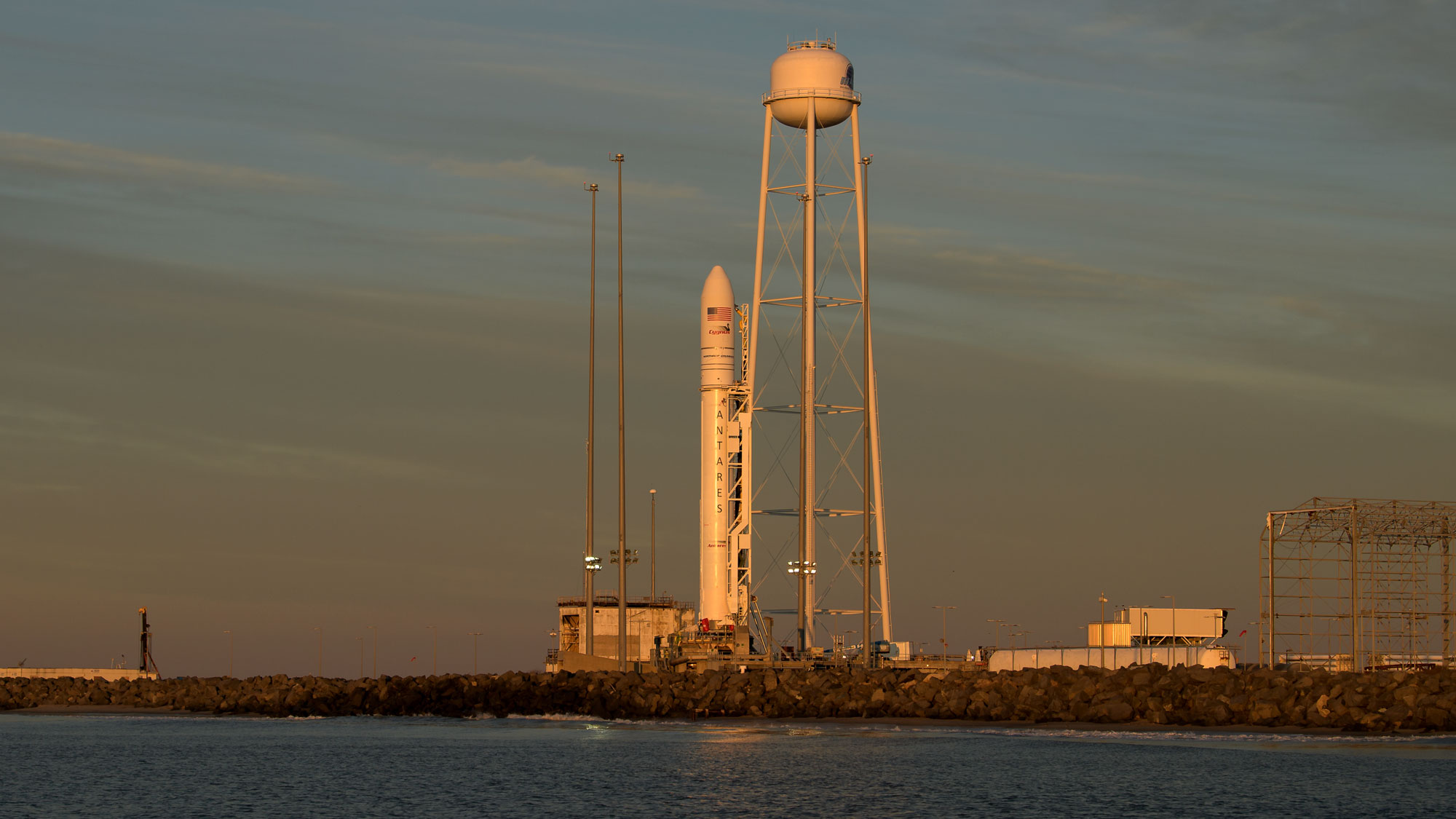
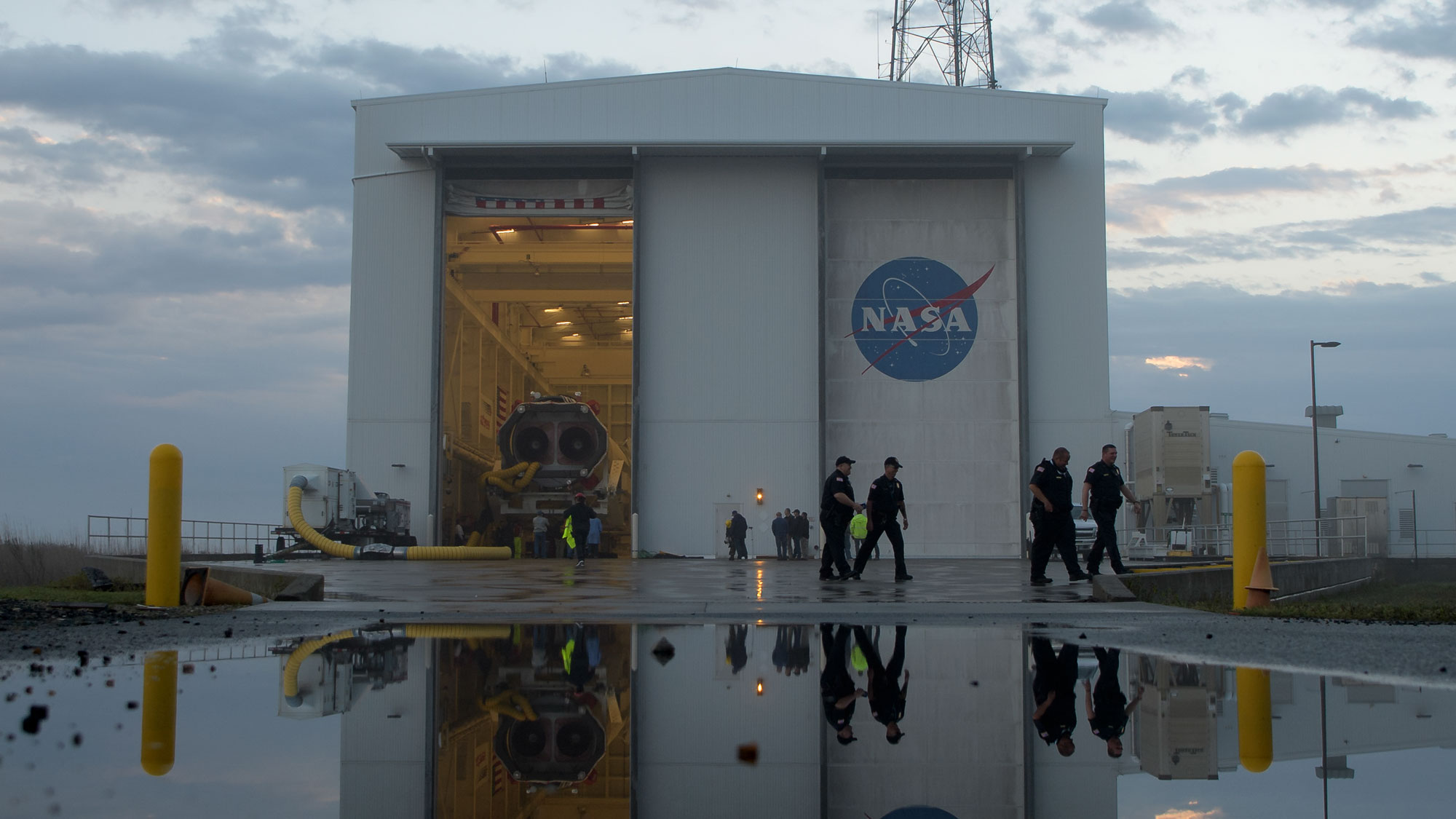
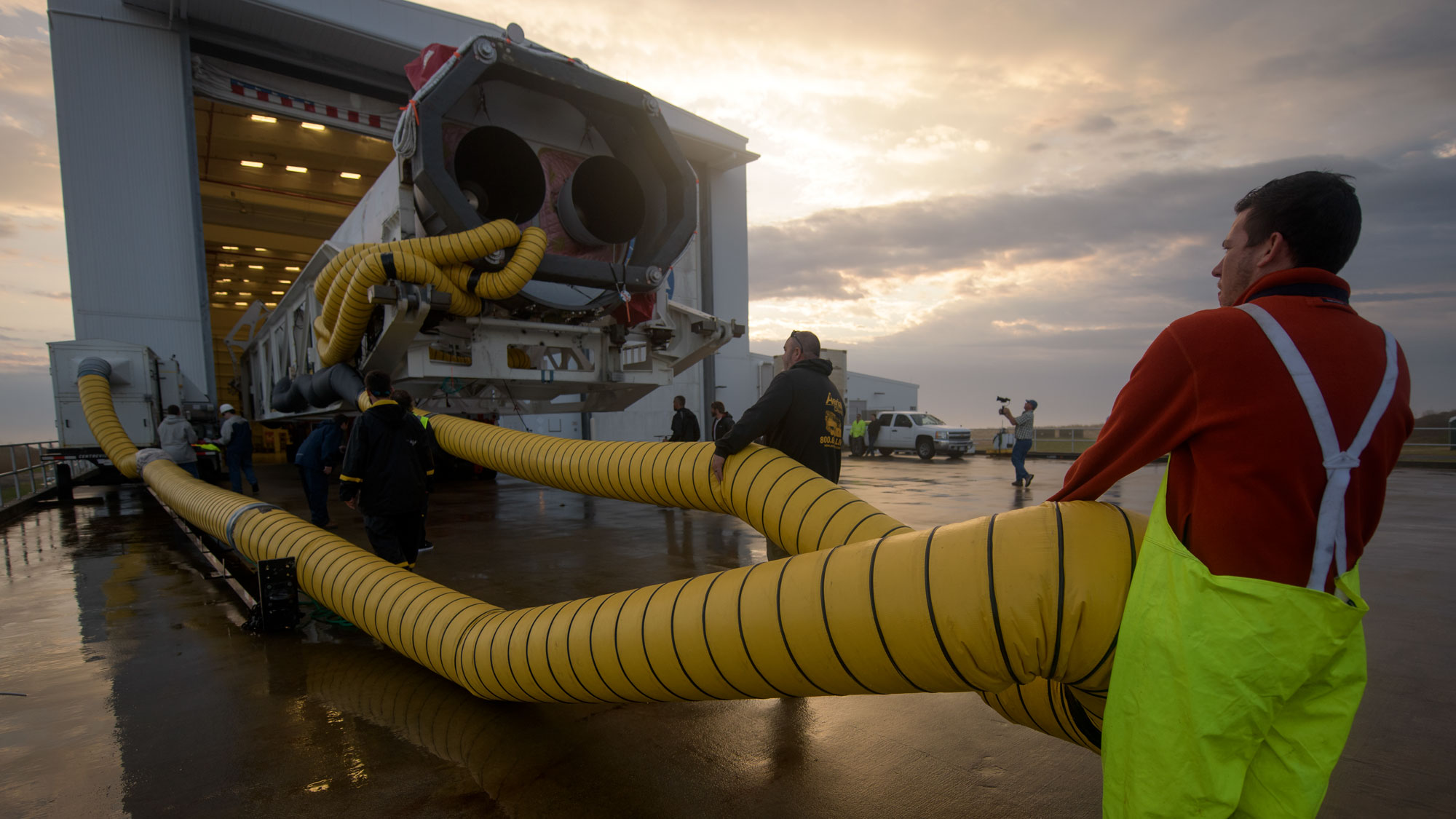
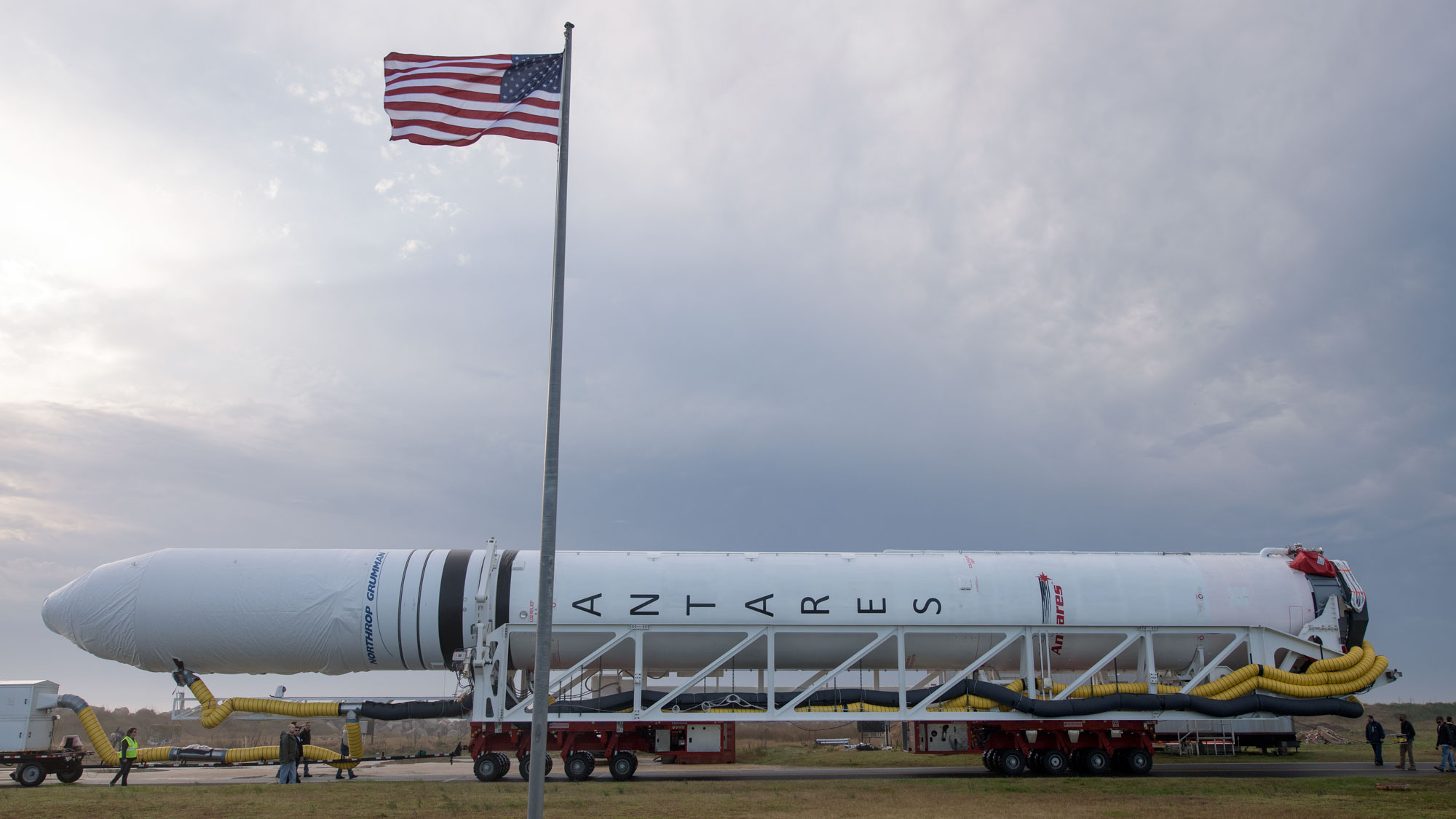
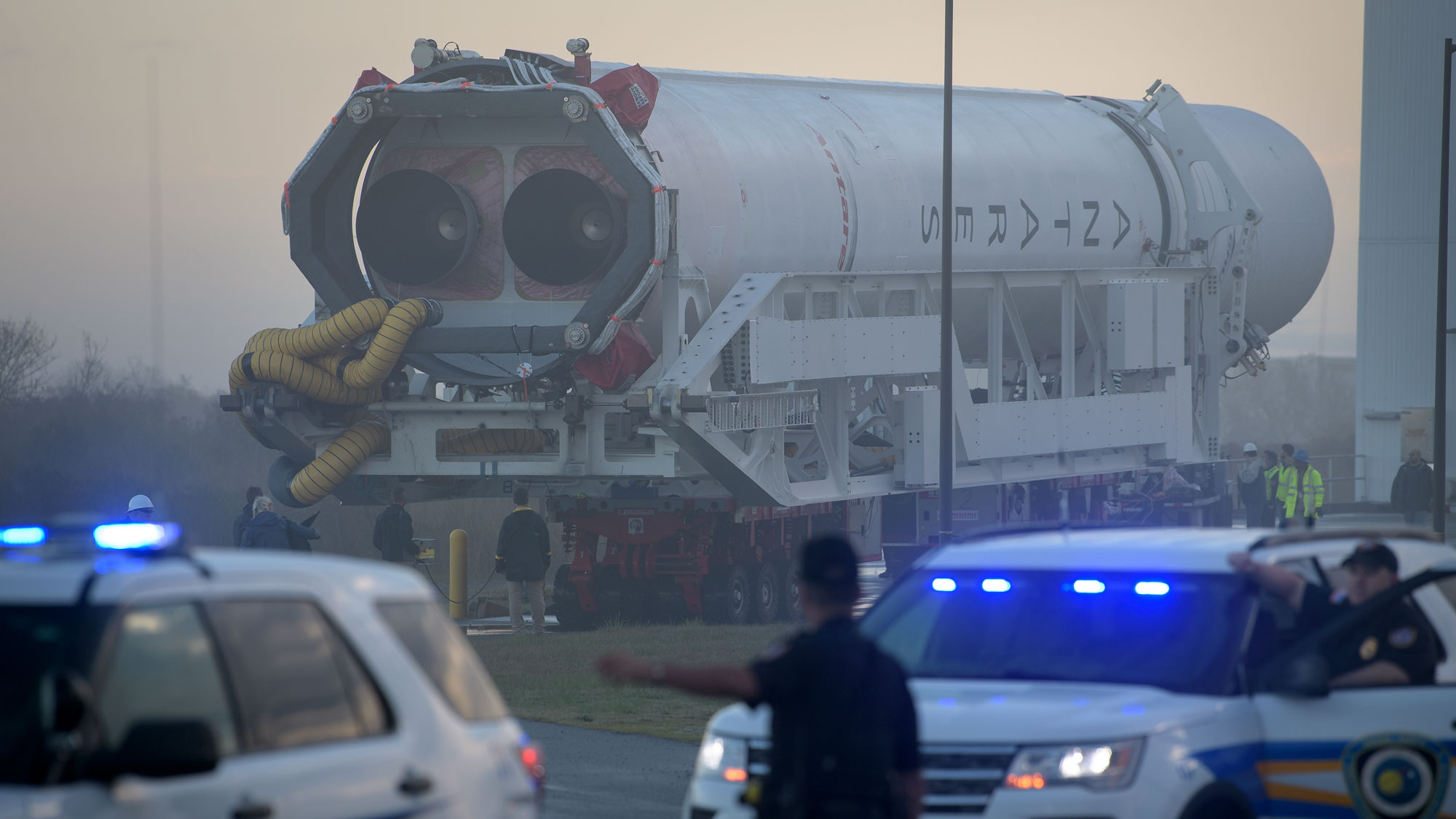
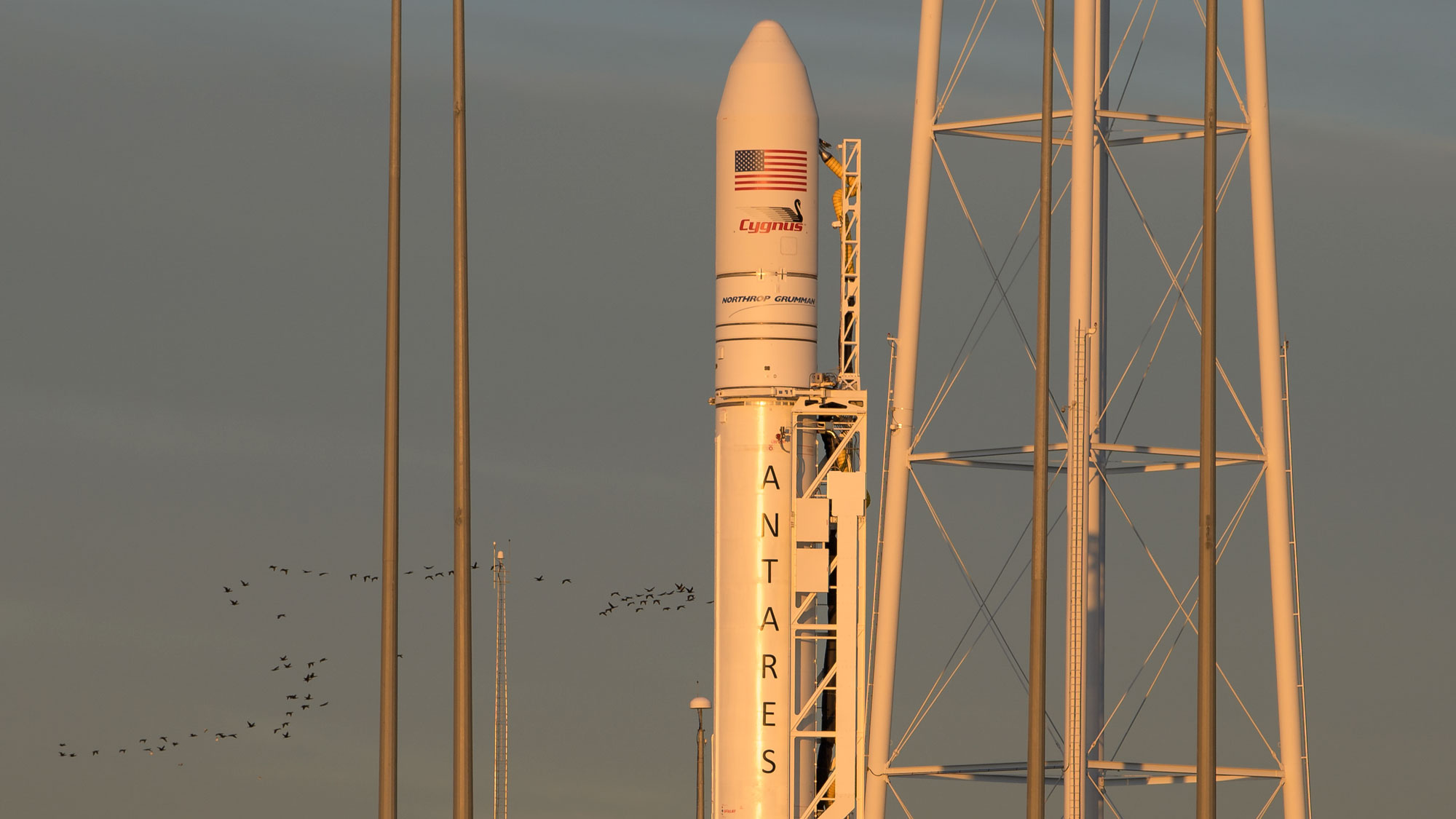
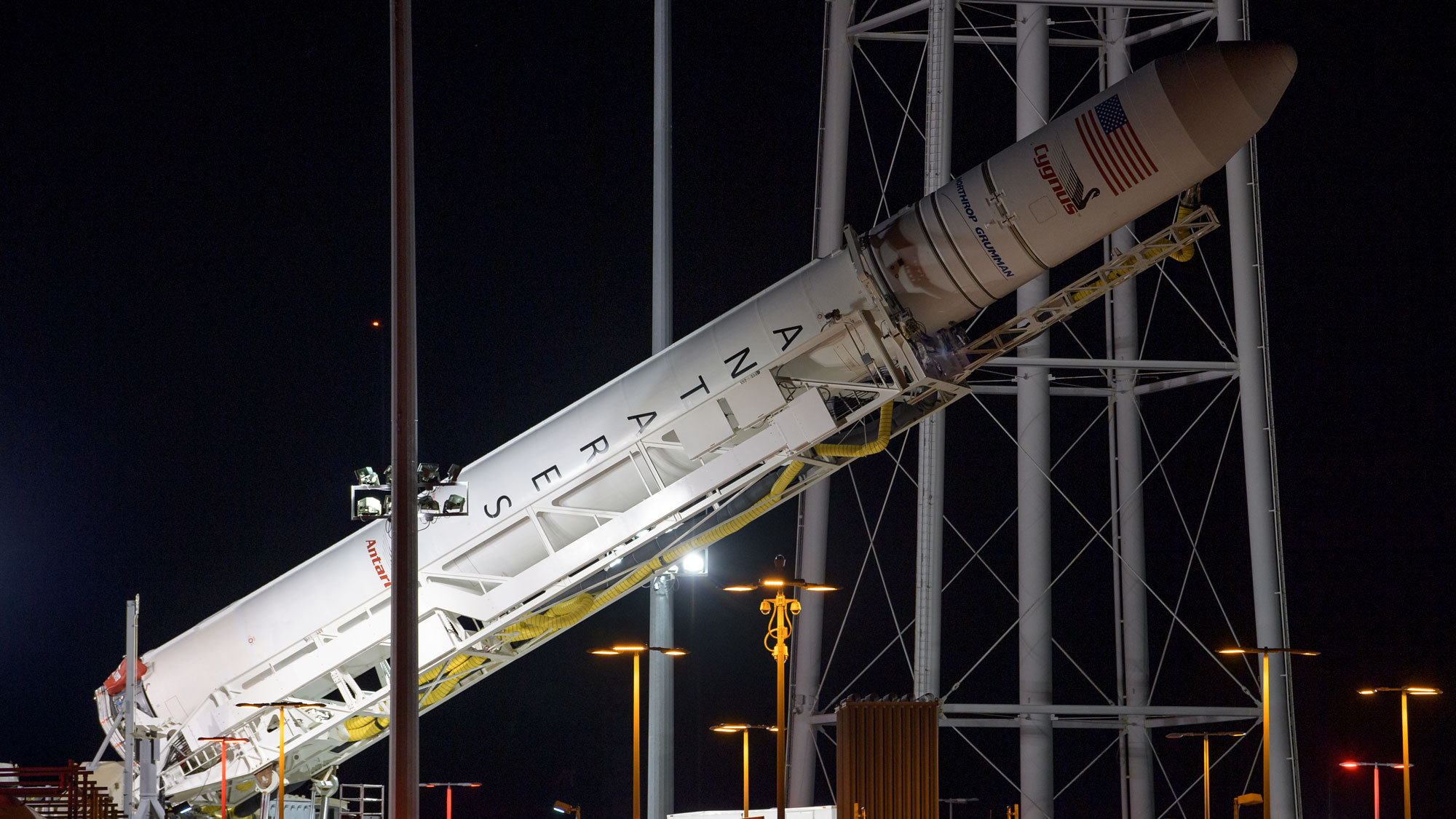
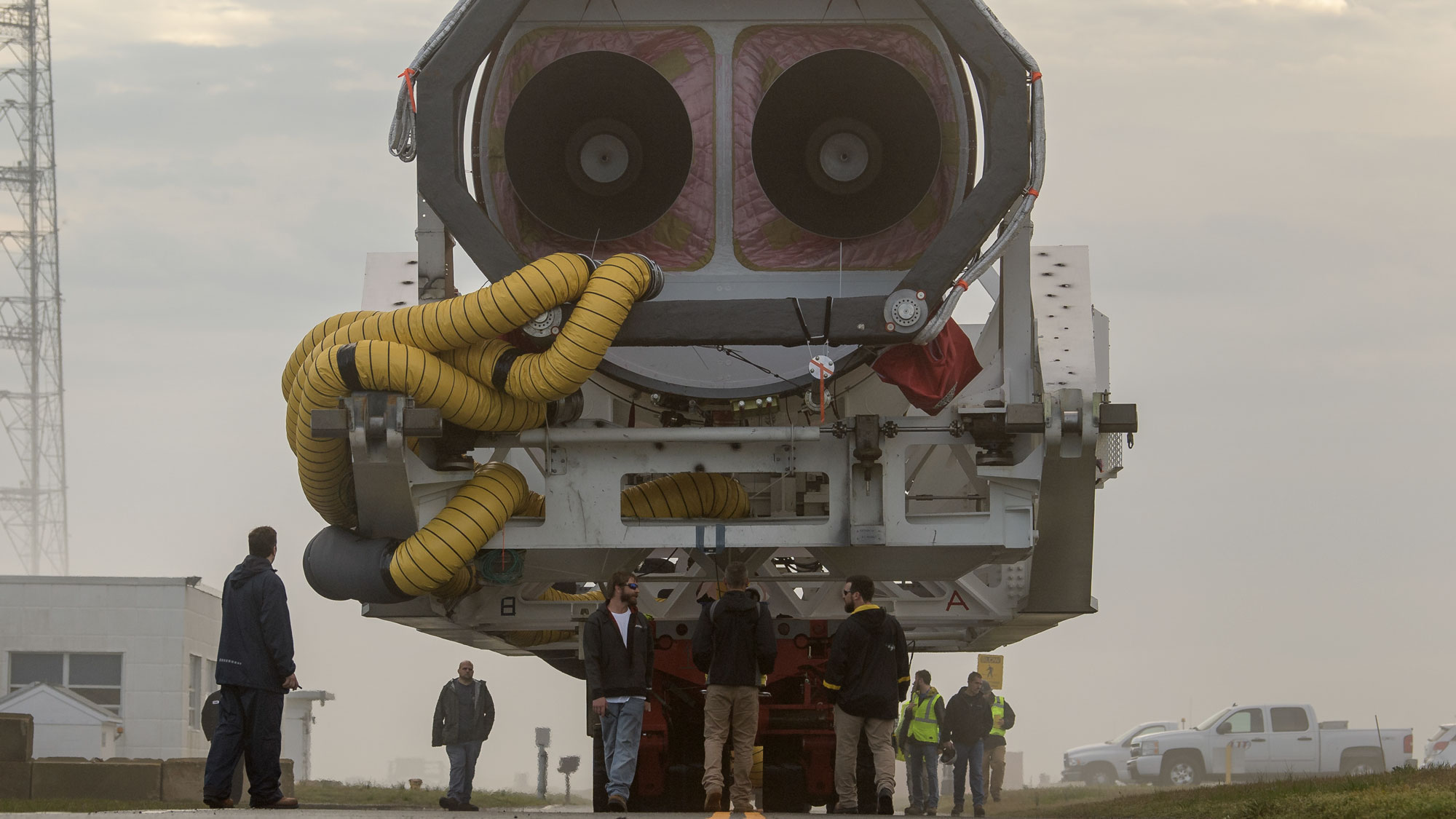
The mice aboard Cygnus are at the core of one such study, which aims to test the effectiveness of an anti-tetanus vaccine. The rodents are split into two groups of 20; half will receive the vaccine in space and the other 20 will not receive the vaccine. Scientists will study the mice to see how the animals responded to the vaccine once they are back on Earth.
Other wild science experiments on Cygnus include testing out two robotic systems; Seeker, which is designed to hunt for air leaks on the Space Station, and Astrobee, which aims to help the station's staff with tasks such as inventory and maintenance. There's gear to build pristine ZBLAN fiber-optic cables in space, and a prototype for a novel air scrubber that removes carbon dioxide from the station's atmosphere.
Get the Space.com Newsletter
Breaking space news, the latest updates on rocket launches, skywatching events and more!
On the exterior of the Cygnus are small CubeSats that will be deployed after the spacecraft leaves the space station this summer. The Antares rocket's upper stage also carried 60 so-called ThinSats (tiny satellites) were built by elementary and high school students; one NASA CubeSat (called SASSI2) was built by students at both universities in Indiana and Illinois, Northrop Grumman officials said.
"The ThinSats are small STEM satellites built by students in 70 schools located in nine states," said Kurt Eberly, Antares vice president for Northrop Grumman, said in the prelaunch briefing. "After the thinsats are deployed, students will collect and analyze data transmitted from their satellite for approximately five days before it deorbits and burns up in the atmosphere."
The ThinSats and SASSI2 were successfully deployed after Cygnus separated from the Antares upper stage, Eberly said after the launch.
Nearly 250 students from the ThinSat schools were expected to attend today's launch. (In fact, Wallops Flight Facility officials were expecting record crowds — in the thousands — due to the mid-afternoon launch time and pristine, 95% likely for getting a "go" weather forecast.)
And then there's the Cygnus itself.
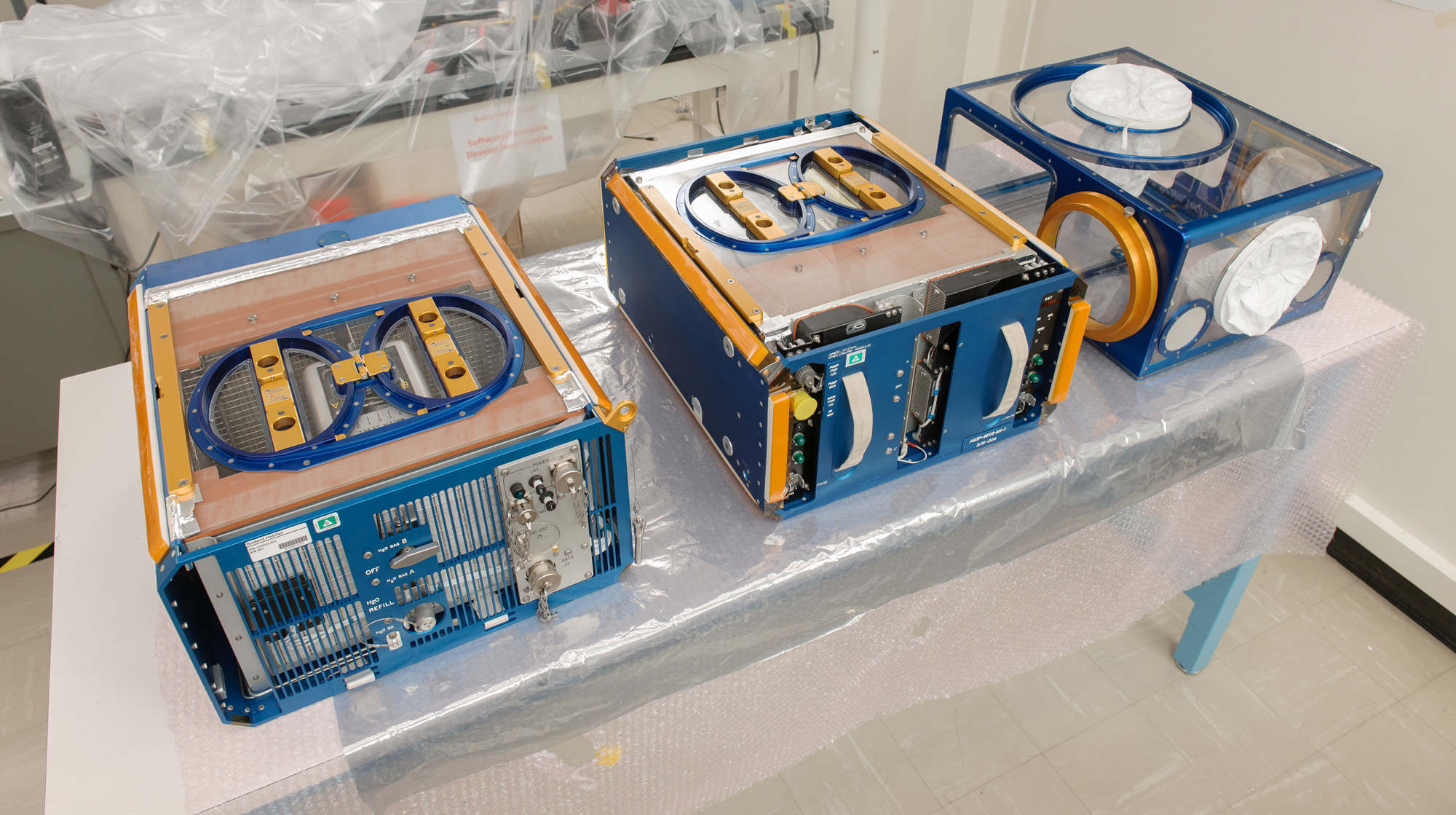
A marathon Cygnus flight
The Cygnus in orbit today carries a series of upgrades that Northrop Grumman is testing on this flight, to expand the spacecraft's versatility on future missions.
First, there's the "Pop-Top" nose cone, a detachable tip of the Antares rocket's payload fairing that allows Northrop Grumman engineers to access the inside of the spacecraft and add any late cargo. For this mission, that late cargo was the mice, which were loaded aboard about 24 hours before launch.
Then there's the spacecraft itself, which will fly an unprecedented marathon mission on this flight.
Cygnus spacecraft have typically flown to the station for a few months, detached, and then burned up in Earth's atmosphere. On this mission, Cygnus will be released from the station in June and remain in orbit for up to seven months, to test its ability to endure ultralong space missions.
"We're going to start an extended duration mission for Cygnus where we're going to demonstrate the ability of Cygnus to fly for long periods of time in space, where it can be an excellent test bed for scientific experiments, [and] where we can check out new technologies for deep space exploration," said Frank DeMauro, vice president and general manager of Space Systems for Northrop Grumman, in the briefing. "We want to demonstrate the really pristine microgravity environment that Cygnus will provide."
This Cygnus is equipped with a new control-moment gyroscope that should allow the spacecraft to maintain its orientation and position in space without using vital fuel from its thrusters. The craft has enhanced avionics for long flights, DeMauro said.
Northrop Grumman hopes to keep Cygnus in orbit through at least the fall, when another Cygnus spacecraft will launch its own cargo mission to the station.
"We'll also demonstrate the ability for Cygnus to fly with two vehicles in space at the same time," DeMauro said.
The NG-11 Cygnus is the eleventh Cygnus flight for NASA and the ninth to liftoff from Pad-0A at Wallops. Northrop Grumman Corp. (formerly Orbital Sciences and Orbital ATK) launched three missions on United Launch Alliance Atlas V rockets from Cape Canaveral Air Force Station in Florida. In 2014, one Antares rocket exploded just after lifting off from Pad-0A, destroying its Cygnus payload.
The NG-11 mission is also the final cargo mission for NASA by Northrop Grumman under the agency's Commercial Resupply Services 1 program. To mark the occasion, Northrop Grumman named the NG-11 Cygnus the S.S. Roger Chaffee in honor of NASA astronaut Roger Chaffee, who was killed in the Apollo 1 fire alongside crewmates Gus Grissom and Ed White, Jr.
Montalbano said that Cygnus vehicles have delivered about 65,000 lbs. (30,000 kg) of supplies to the space station during their missions.
"That's the equivalent of delivering 10 elephants to the International Space Station," he added.
NASA picked Northrop Grumman (under its Orbital Sciences name) and SpaceX as its first commercial cargo delivery companies in 2008. In 2016, Northrop Grumman received a new contract for at least six more cargo missions under NASA's Commercial Resupply Services 2 program. SpaceX and Sierra Nevada Space Systems also received CRS-2 contracts with NASA.
DeMauro and Eberly said Northrop Grumman will begin its CRS-2 cargo missions for NASA with its upcoming CRS-12 flight in the fall. Those new delivery flights will carry even more supplies to the station, and include upgrades to the Antares booster to increase lift capacity by up to 1,763 lbs. (800 kg).
It's a busy time for cargo trips to the space station. In addition to Cygnus's resupply flight, SpaceX will launch its own delivery mission to the station next week. A SpaceX Falcon 9 rocket and uncrewed Dragon cargo ship are scheduled to launch the CRS-17 cargo mission for NASA on April 26 from Cape Canaveral Air Force Station in Florida.
You can watch the Cygnus spacecraft arrive at the ISS here on Friday, beginning at 4 a.m. EDT (0800 GMT). Capture of Cygnus is expected at 5:30 a.m. EDT (0930 GMT), with berthing coverage to begin at 7 a.m. EDT (1100 GMT).
Editor's note: This story was updated at 9:22 p.m. EDT (0122 April 18 GMT) to include more mission details from NASA's post-launch press conference and correct the location of the ThinSats and CubeSat on the Antares booster.
- Touring the Cygnus Supply Spacecraft Cleanroom (Photos)
- The International Space Station: Inside and Out (Infographic)
- Spot the International Space Station with New NASA Tool
Email Tariq Malik at tmalik@space.com or follow him @tariqjmalik. Follow us @Spacedotcom and Facebook.
Join our Space Forums to keep talking space on the latest missions, night sky and more! And if you have a news tip, correction or comment, let us know at: community@space.com.

Tariq is the Editor-in-Chief of Space.com and joined the team in 2001, first as an intern and staff writer, and later as an editor. He covers human spaceflight, exploration and space science, as well as skywatching and entertainment. He became Space.com's Managing Editor in 2009 and Editor-in-Chief in 2019. Before joining Space.com, Tariq was a staff reporter for The Los Angeles Times covering education and city beats in La Habra, Fullerton and Huntington Beach. In October 2022, Tariq received the Harry Kolcum Award for excellence in space reporting from the National Space Club Florida Committee. He is also an Eagle Scout (yes, he has the Space Exploration merit badge) and went to Space Camp four times as a kid and a fifth time as an adult. He has journalism degrees from the University of Southern California and New York University. You can find Tariq at Space.com and as the co-host to the This Week In Space podcast with space historian Rod Pyle on the TWiT network. To see his latest project, you can follow Tariq on Twitter @tariqjmalik.









